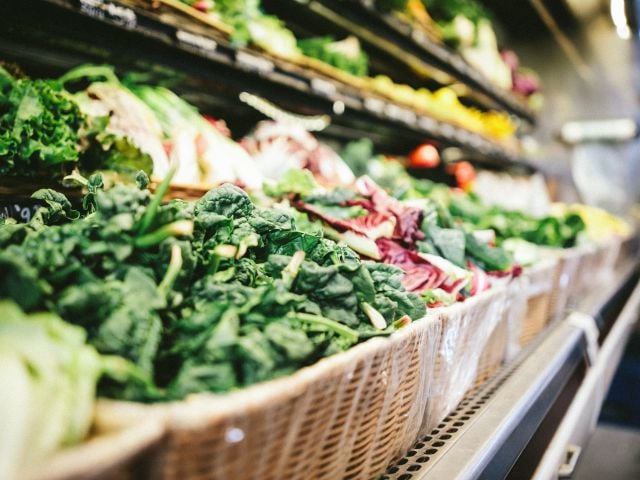Over the course of a week, EWG highlights five important reasons to skip bottled water and opt for filtered tap water instead.
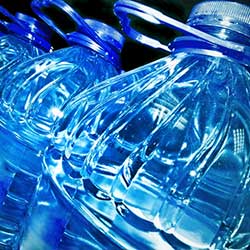
Mad Monday: What You Don't Know May Hurt You
The FDA has disclosed which chemicals can be used to make PET plastic, the plastic used in bottled water. But does anyone know how many of those chemicals are leaching into your bottled water and, more importantly, if they could affect your health?
The answer is simple: NO.
Just one reason to avoid drinking bottled water. Learn more.
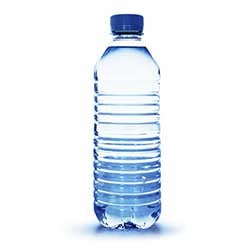
Toxic Tuesday: Purity Not Guaranteed
EWG found 38 pollutants in 10 brands of bottled water, including chemicals linked to cancer. Our tests show that the purity of bottled water cannot be trusted. Yet another reason to avoid it! Learn more.
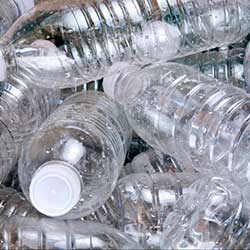
No Waste Wednesday: Be Part of the Plastics Pollution Solution
Think all plastic bottles get recycled? Think again. According to EPA, we recycle about 30% of our PET plastic bottles. This means that about 70% of them end up elsewhere, including beaches and the ocean, polluting sensitive ecosystems.
Help stop waste! Use a reusable container instead. Read more.
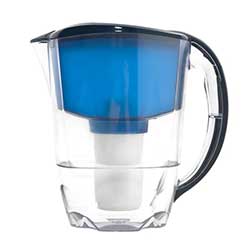
Thirsty Thursday: Fill Up with a Filter
It’s Thirsty Thursday! What should you do instead of buying bottled water? Filter your tap water and use a reusable bottle! Read more.
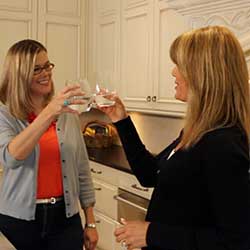
Nearly Free Friday: Your Wallet Will Thank You
You’d think that purity should be guaranteed when you pay 1,900 times more for bottled water than tap water. Unfortunately, it isn’t, so why waste the cash? Filter your tap water instead and let the money saving begin! Read more.
Mad Monday: What You Don't Know May Hurt You
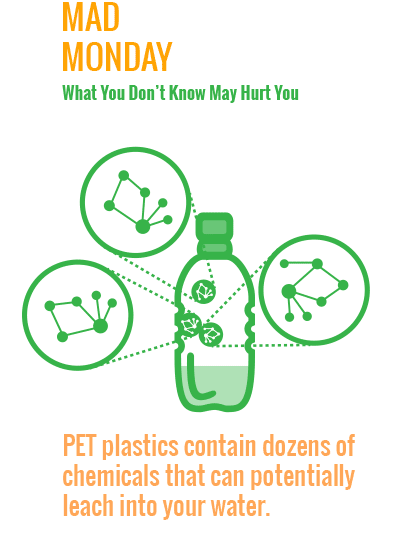 Shoppers who seek the convenience and ready availability of bottled water may believe that the plastic bottle itself is inert, completely safe packaging. That’s probably not true.
Shoppers who seek the convenience and ready availability of bottled water may believe that the plastic bottle itself is inert, completely safe packaging. That’s probably not true.
An Environmental Working Group investigation found that PET plastics, the type used to make plastic water bottles and marked with a #1 code on the bottom, contain dozens of chemical additives, manufacturing impurities and breakdown byproducts – a total of more than 80 potential contaminants that can leach into the water.
While it is unclear how many of these chemicals actually do leach from the plastic into the water, numerous scientific studies have shown that some definitely can. They include formaldehyde, acetaldehyde and antimony.
What’s more, an EWG review of the Food and Drug Administration’s approval process for food packaging ingredients shows that chemical additives in PET plastics receive only a cursory toxicological evaluation. The FDA review process was designed to minimize the length and intensity of administrative review. In practice, this has resulted in widespread use of numerous food-packaging substances that have never received a thorough toxicological assessment.
Think you might be able to find out on your own exactly what chemicals are in the plastic of that bottle you bought, so you can do your own evaluation (if you’re a fellow science geek)? You’re out of luck there, too. Manufacturers don’t reveal what ingredients are in their packaging and FDA doesn’t require it, leaving consumers to wonder what additives end up in their food and beverages.
Read more:
EWG Press Release: Chemical Additives in Bottled Water Plastics
Toxic Tuesday: Purity Not Guaranteed
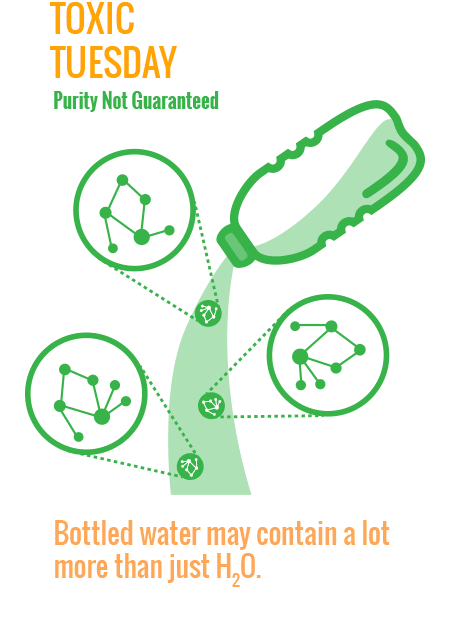 Contrary to the image of purity advertised by the bottled water industry, bottled water may contain a lot more than simply H2O.
Contrary to the image of purity advertised by the bottled water industry, bottled water may contain a lot more than simply H2O.
Testing commissioned by Environmental Working Group in 2008 found 38 pollutants in 10 brands of bottled water, including disinfection byproducts, industrial chemicals, radioactivity and bacteria. Some of the chemicals detected have been linked to health effects, including cancer and methemoglobinemia (blue baby syndrome). Two of the brands tested even bore the chemical signature of municipal tap water, meaning that they were chemically indistinguishable from what comes from the faucet.
Unlike water utilities, which must test their water regularly and provide the results to consumers once a year, the bottled water industry rarely discloses the results of contaminant testing it conducts. Instead, the industry hides behind the claim that bottled water is held to the same safety standards as tap water. But promotional campaigns saturated with images of mountain springs and prices 1,900 times the cost of tap water lead consumers to believe that they’re buying a product that is much purer than the water that comes out of a garden hose.
EWG isn’t alone in finding that bottled water contains potentially harmful contaminants. In 2008, scientists at Texas Southern University evaluated 35 brands of bottled water and found that four were contaminated with bacteria. In 1999, the Natural Resources Defense Council tested 103 bottled waters and detected potentially worrisome contaminants, including microbes and regulated chemicals, in about half.
These tests strongly indicate that the purity of bottled water cannot be trusted. Given the industry’s refusal to make available data to support its claims, consumers have little reason to be confident of the purity of bottled water.
Read more:
EWG’s Bottled Water Quality Investigation
NRDC’s Bottled Water: Pure Drink or Pure Hype?
No Waste Wednesday: Be Part of the Plastics Pollution Solution
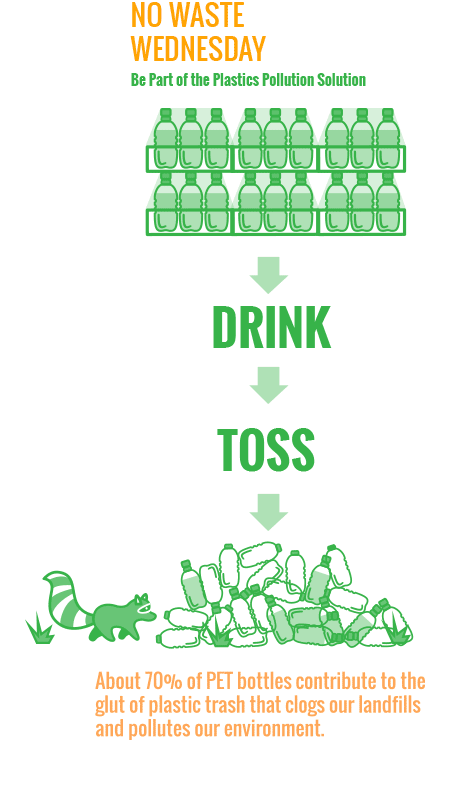 According to the International Bottled Water Association, consumption of bottled water in the US continues to rise – from 9.1 billion gallons in 2011 to 9.67 billion in 2012. Americans drink more than 73 billion half-liter bottles of water a year. That’s enough to circle the globe more than 370 times! Where do all these bottles end up?
According to the International Bottled Water Association, consumption of bottled water in the US continues to rise – from 9.1 billion gallons in 2011 to 9.67 billion in 2012. Americans drink more than 73 billion half-liter bottles of water a year. That’s enough to circle the globe more than 370 times! Where do all these bottles end up?
The Environmental Protection Agency estimates that only 29 percent of PET bottles and jars were recycled in 2011. This means that 71 percent contributed to the glut of plastic trash that clogs landfills and pollutes waterways. Oceana, an international organization focused on ocean conservation, has calculated that as much as 1.6 billion pounds of plastic ends up in the seas every year, posing a threat to marine life. The Plastic Pollution Coalition has been raising awareness about the disgusting Great Pacific Garbage Patch, but the problem continues to grow – thanks in part to the continuing popularity of bottled water.
And plastic pollution isn’t the only waste that bottled water generates; it also wastes energy, water and taxpayers’ dollars! The Pacific Institute calculates that producing the water-filled bottles that Americans buy required the equivalent of more than 17 million barrels of oil, not including the energy to transport them. The Institute also estimates that it takes three liters of water to produce one liter of bottled water.
According to EWG partner Corporate Accountability International, state governments spend hundreds of thousands of dollars on bottled water for public employees (can you say budget crisis?). Here’s an idea: Use the money for public water systems instead. Many are in desperate need of costly upgrades that states can’t afford. It would make good sense to cut spending on bottled water and used it for underfunded infrastructure improvements instead.
EWG recommends that consumers avoid adding to the problem: Filter your tap water and invest in a reusable water bottle.
Read more:
EWG’s 2011 Bottled Water Scorecard
EWG: Should State Employees Be Drinking Bottled Water? On Your Dime?
Pacific Institute: Bottled and Energy Fact Sheet
Corporate Accountability International: Think Outside the Bottle
Thirsty Thursday: Fill Up with a Filter
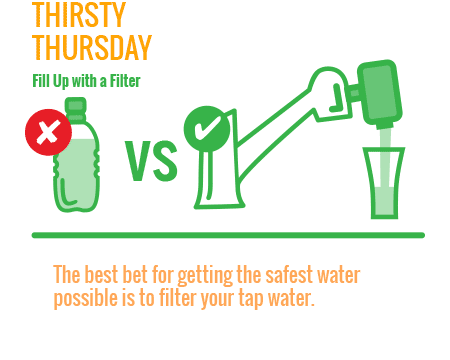 Drinking plenty of clean water is good for your health, but both tap and bottled water can contain contaminants that may be harmful. The best bet for getting the safest water possible is to filter your tap water. While more expensive filters generally remove more pollutants, even an inexpensive pitcher filter can significantly cut down on some key contaminants. But the effectiveness of filters varies widely, so do your research.
Drinking plenty of clean water is good for your health, but both tap and bottled water can contain contaminants that may be harmful. The best bet for getting the safest water possible is to filter your tap water. While more expensive filters generally remove more pollutants, even an inexpensive pitcher filter can significantly cut down on some key contaminants. But the effectiveness of filters varies widely, so do your research.
EWG’s interactive Water Filter Buying Guide helps you choose the right one for you.
There is much more information in the guide than there’s room for here, but here are some quick take-away tips:
If you’re on a tight budget, filters using activated carbon are the best bet. They remove lead, chlorine, trihalomethanes and many other contaminants at a modest price.
If your water is highly polluted and you can afford a more comprehensive filtration system, consider reverse osmosis combined with activated carbon. A system with a superior activated carbon pre-filter can eliminate everything that activated carbon catches and reduce other contaminants, including arsenic, hexavalent chromium, nitrates and perchlorate. Reverse osmosis filters are typically installed under the sink and integrated into your plumbing.
If you’re buying a strictly carbon filter, you have a lot of choices.
For ease of use and affordability, pitcher filters are a good pick. But if constant refilling is a pain, try a faucet-mounted one. The best filters tend to be those that sit on your countertop or under the sink, so if you can modify your plumbing and afford a higher-priced filter, they may be your best bet.
You’ll find detailed information about all these filter technologies here, in EWG’s Water Filter Buying Guide. There’s no one-size-fits-all when it comes to cleaning up tap water, so do your research to get the best results for your money. And remember: All types and styles of water filters require regular maintenance to keep working!
Read more:
EWG’s Water Filter Buying Guide
EWG blog: Find a Water Filter that Works for You
Nearly Free Friday: Your Wallet Will Thank You
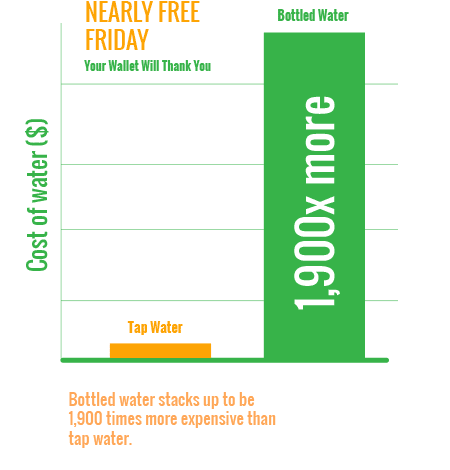 Retail prices for bottled water vary widely depending on location and whether you buy it in bulk or one bottle at a time. At convenience stores, consumers typically pay about a dollar a liter. The Environmental Protection Agency estimates that tap water costs about $0.002 a gallon – that’s two-tenths of a penny – so the cost of bottled water stacks up to be 1,900 times more than tap water.
Retail prices for bottled water vary widely depending on location and whether you buy it in bulk or one bottle at a time. At convenience stores, consumers typically pay about a dollar a liter. The Environmental Protection Agency estimates that tap water costs about $0.002 a gallon – that’s two-tenths of a penny – so the cost of bottled water stacks up to be 1,900 times more than tap water.
At that price, bottled water consumers should at least get a guarantee of purity, but that’s not the case. Scientific testing by EWG and others has found a slew of contaminants in bottled waters, including disinfection byproducts, industrial chemicals and bacteria.
According to the EPA, “bottled water is not necessarily safer than tap water,” so EWG recommends that consumers save their money and drink filtered tap water instead.
Read more:
EWG: Bottled Water Quality Investigation
Environmental Protection Agency: Water on Tap – What You Need to Know
Environmental Protection Agency: Is bottled water safer than tap water?
